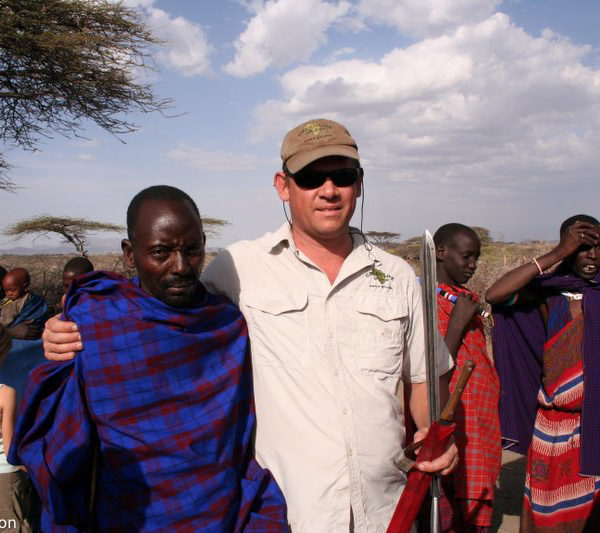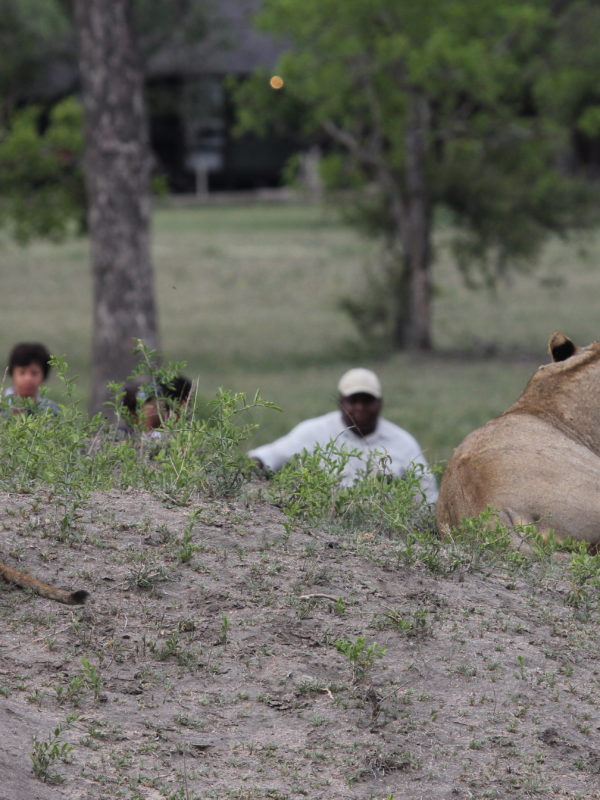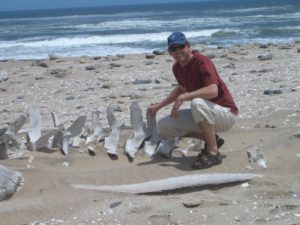4-wheel drive travellers may enter the southern part but never venture past the skull and crossbones sign at the Ugab River Gate, for fear of getting stuck in the soft sand and running out of fresh water. A fly-in safari is the only way to experience the northern section and is the best way to appreciate the remarkable and changeable scenery.
Sand dunes come in a variety of guises and the Skeleton Coast Park has hummock dunes, transverse dunes and crescent dunes – given to roaring when millions of tiny granules slide down the steep surface. At times the dunes are stopped in their flow by large seasonal rivers which often do not make it all the way to the sea. The windswept dunes and flat plains give way in places to rugged canyons and extensive mountain ranges with walls of richly coloured volcanic rock. Such is the extraordinary geology of this area, that some beaches contain a profusion of multi-coloured pebbles consisting of agates, lava, granites and others.
The attraction for visitors to this park is its untouched and mysterious barren beauty, swept by cold sea breezes and often enveloped in a dense fog. This sea mist accounts for the many maritime remains and with each shipwreck, goes a story of man against nature. Nature almost always wins!
The far-ranging sea mist creeps great distances inland and gives life to a singular unique ecosystem and most unusual plants. The strange ‘Elephant’s Foot’ anchors itself in rock crevices while desert succulents like lithops, look just like pebbles until tiny yellow flowers emerge. The ancient fossil plant, Welwitschia, is also found in this region.
By mid morning the mist has cleared and the timeless beauty of the Skeleton Coast is revealed. Such isolation as is found here, is not the usual domain for humans, but those that visit are privilege to one of the few places on earth where you can experience fearless solitude and become attuned to ocean echoes and desert silence.
Nobody can live on this inhospitable coast, but further inland on the peripheries of the desert, the nomadic Himba tribe ekes out an existence. Clad only in goatskins and jewelry fashioned from leather, metal and shells, the Himba are amongst the most beautiful people in Sub-Saharan Africa. They posses an innate elegance and proud bearing that westerners find difficult to emulate. The Himba protect and adorn their bodies and hair with rich ochre mud mixed with animal fat turning their skin the colour of molten milk-chocolate.
ANIMALS & BIRDS
Desert elephants have been seen in the interior of the Skeleton Coast Park and have even been filmed surfing down sand dunes like snow-boarders. Desert dwelling oryx are completely at home in such dry conditions and springbok, giraffe, brown hyena, ostrich, rare black rhino and even lion are found inland where riverine bush supports the grazers and fresh water can usually be found.
Cape Frio seal colony contains several thousand Cape fur seals, and whales and dolphins swim this coast on their way to and from breeding grounds. Immense whale skeletons are sometimes seen washed up on the sands.
Elephant Skull Kaokoveld Pic: David Anderson
SEASONS
Summer: October to May sees blue skies with cool to warm rather than hot temperatures.
Winter: in May to September the coast becomes shrouded in mist from mid afternoon to mid morning and a strong westerly wind blows. It never drops below freezing at the coast but inland it cools down very fast in the afternoon and as night falls it can become very cold.
Rainy Season: In lieu of rain, the sea mist gives moisture to plant and animal life. If rain comes it will be during the summer months.
SKELETON COAST SPECIALITIES
· Fearless solitude
· Ghostly shipwrecks
· Aerial views of canyons, coastline and dunescapes
· Unique photographic location
· Possible encounters with Himba people
· Fly-in safaris with Skeleton Coast experts
· Desert elephants might be seen
· Cape fur seal colonies
· Unobtrusive luxury in the safari lodges
FACTS
Morning and evening temperatures can be cool or very cold so take appropriate clothing
Sunburn can occur even on overcast days
It is most unlikely to contract malarial in this area





